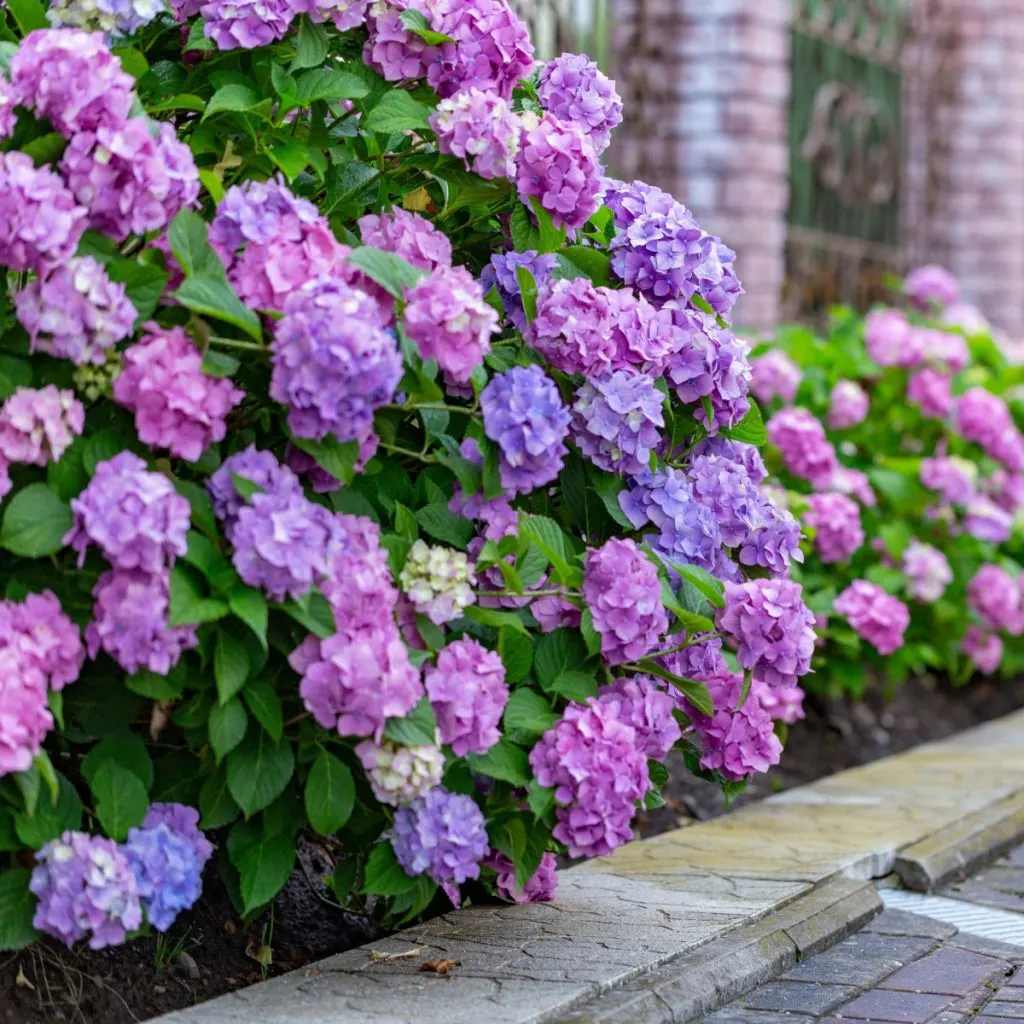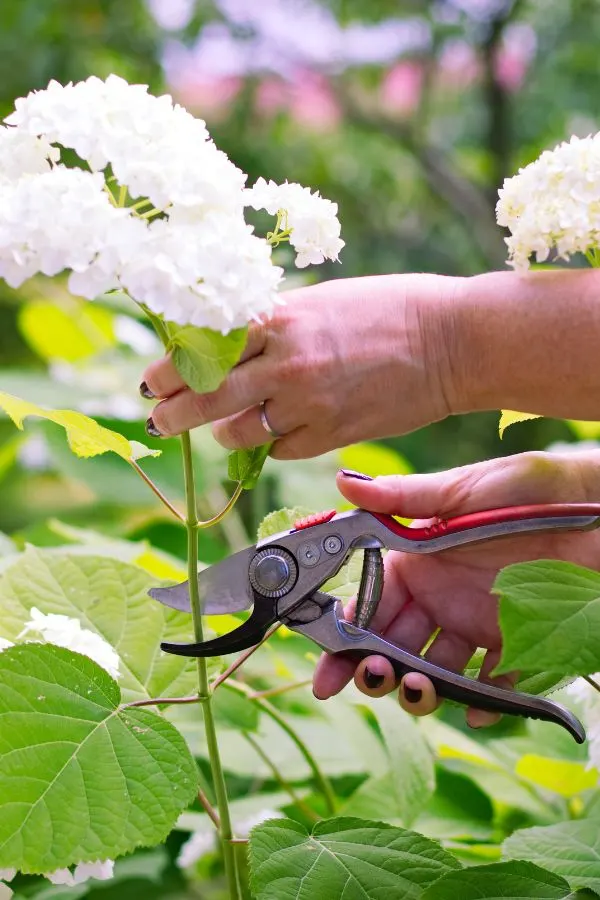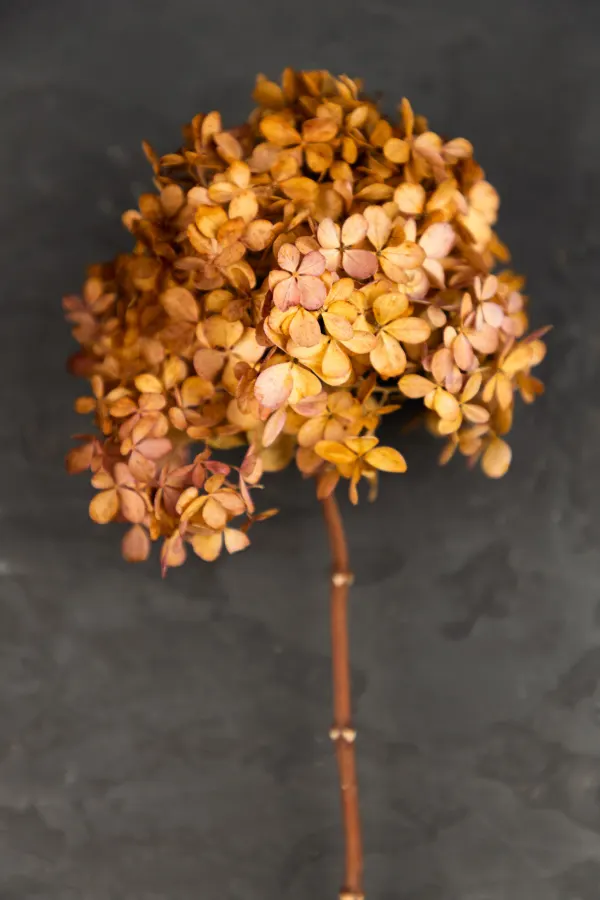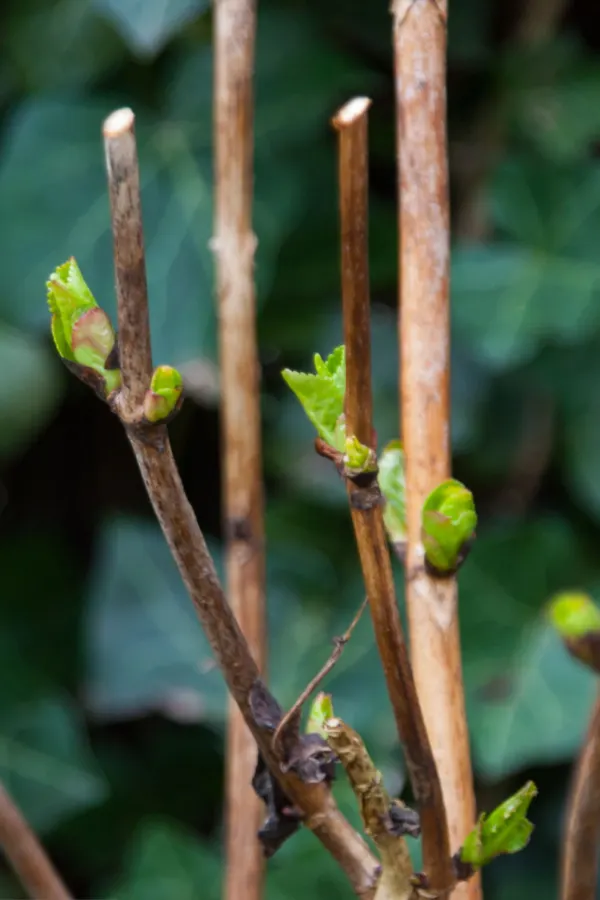Wondering what to do with your summer blooming hydrangeas this summer after all of those gorgeous big flowering heads start to fade?
Believe it or not, how you care for your hydrangeas when they finish blooming can make a huge difference in how they flower and perform next year. In fact, it can actually determine whether or not they bloom at all!
Hydrangeas are a gorgeous addition to any landscape. Adding to their allure, for all of the color and interest hydrangeas add to your flowerbeds, they are a fairly low maintenance bush. Once established, they do not require constant watering or special nutrients. In fact, a basic all-purpose fertilizer applied each spring is usually more than enough to keep them healthy and strong.

But no matter what style or variety of hydrangea you grow, the one thing that can really make or break your plant’s ability to bloom is how it is cared for as it finishes up its blooming cycle. Especially when it comes to pruning and deadheading summer blooming hydrangeas!
Prune and deadhead at the right time and you help to invigorate the shrub. Not only to better health and a better shape, but most importantly, to a bigger and more prolific bloom set the following year.
But if you prune at the wrong time, you can not only reduce or eliminate future blooms – you also can impact the plant’s overall health!
What To Do With Summer Blooming Hydrangeas After They Bloom!
Pruning & Deadheading Hydrangeas After They Finish Blooming
Deadheading and pruning hydrangeas really go hand in hand. Deadheading is the act of removing spent flowers from a plant. For nearly all annual and perennial flowers, deadheading will help keep plants more energized. See our article: How To Deadhead Annuals For More Blooms!

In the case of hydrangeas, it simply means snipping off the bloom head from the plant. Not only does this clean up the appearance of your plant, it also helps the hydrangea conserve valuable energy to grow new wood for future blooms.
Deadheading is extremely important for hydrangeas. If old blooms are allowed to remain, they drain the plant of power. That leaves less energy to handle winter – and produce next year’s blooms.
To deadhead, snip off the faded blooms just below the flower head. Cut at an angle, about 1/4 inch above the nearest healthy bud. Once all of the old blooms are removed, you can then prune the plant for shape.
It should be noted that unless they are severely overgrown, hydrangeas do not need to have massive pruning. In fact, you really only need to prune the outer branches to keep its shape. If there is excessive growth in the middle, you can also prune out a few interior branches.
This will help to promote better air circulation and allow adequate sunlight into the plant. Beyond small shaping, thinning, and removing any weak or damaged branches, keep pruning as minimal as possible.

Pruning Hydrangeas – What To Do With Summer Blooming Hydrangeas After They Bloom!
So how do you when to prune your hydrangeas? It actually all depends on what type of hydrangea you are growing and when it blooms.
The good news is that there are really only two major types of hydrangeas – summer blooming hydrangeas and late summer/fall blooming hydrangeas. And when they bloom will tell you exactly when you should prune them!
What To Do With Summer Blooming Hydrangeas After They Bloom
Summer blooming hydrangeas are by far the most widely grown of the two types. They include oakleaf, bigleaf, climbing and mountain varieties. Among these types are the ever popular mop-head blooming hydrangeas that sport massive flower heads.
For summer blooming hydrangeas, pruning should occur immediately after they finish blooming. These plants flower on old wood. That means the new growth that emerges from midsummer until the first frost will carry next year’s blooms.

By pruning right after they complete your bloom cycle, you allow the plant plenty of time to grow and produce new wood for the rest of the season. And it is that very wood that will have next year’s blooms at the ready.
Unfortunately, if you wait until fall to prune back summer blooming hydrangeas, you are cutting off all of next year’s blooms in the process. When gardeners experience no blooms throughout a year – it is usually because they pruned their hydrangea too late.
When To Prune Late Summer/ Fall Blooming Hydrangeas – What To Do With Summer Blooming Hydrangeas After They Bloom!
Late Summer / Fall Blooming hydrangeas include the smooth and panicle varieties which have a large but more cone-style bloom head. These varieties usually bloom anywhere from mid-August to late fall.
For late summer and early fall blooming hydrangeas, pruning can occur in very late fall as the blooms fade, or in the early spring before the plants leaf out. This is because smooth and panicle varieties produce their blooms on new wood, or wood that grows during the same season.
If you wait to cut back smooth or panicle varieties in late spring or summer – you are cutting off their fall blooms.

So if you happen to be confused a bit on what style or varieties of hydrangeas you might be growing, there is a single timing trick that will always keep you safe for pruning without any worry of eliminating future blooms. And that trick? Simple always prune and shape right as or after your hydrangea completes its bloom cycle!
Following this little tip also helps with one other major chore that can help your plant grow and bloom better – and that is deadheading blooms as your hydrangea stops blooming.
Avoid Late Fertilizing – What To Do With Summer Blooming Hydrangeas After They Bloom!
As mentioned earlier in the article, hydrangeas are not heavy feeders. Too much fertilizer will actually hinder bloom development. Instead of creating more blooms, the bush will only use the extra energy to grow bigger.
The best time to fertilize hydrangeas is in the early spring. This will help provide a boost for early season growth and a good foliage canopy. Fertilize with an all purpose plant food with equal amounts of Nitrogen, Phosphorous and Potassium. Affiliate Product Link : Jobes All Purpose Plant Food
For hydrangeas, granular fertilizers work well to provide a slow release of nutrients to the plant. Avoid fertilizing late in the season. This can actually promote late growth that can be at risk of freezing out over winter.
Here is to taking care of your hydrangeas after they bloom A bit of care after blooming really will set the stage for better health – and bigger and brighter blooms next year!
Simple Garden Life
Follow Our Facebook Page For Even More Great Tips! Simple Garden Life Facebook Page
Simple Garden Life is a website dedicated to keeping gardening fun, simple and enjoyable! We publish two new articles each week along with a new garden podcast episode every two weeks. This article may contain affiliate links.
